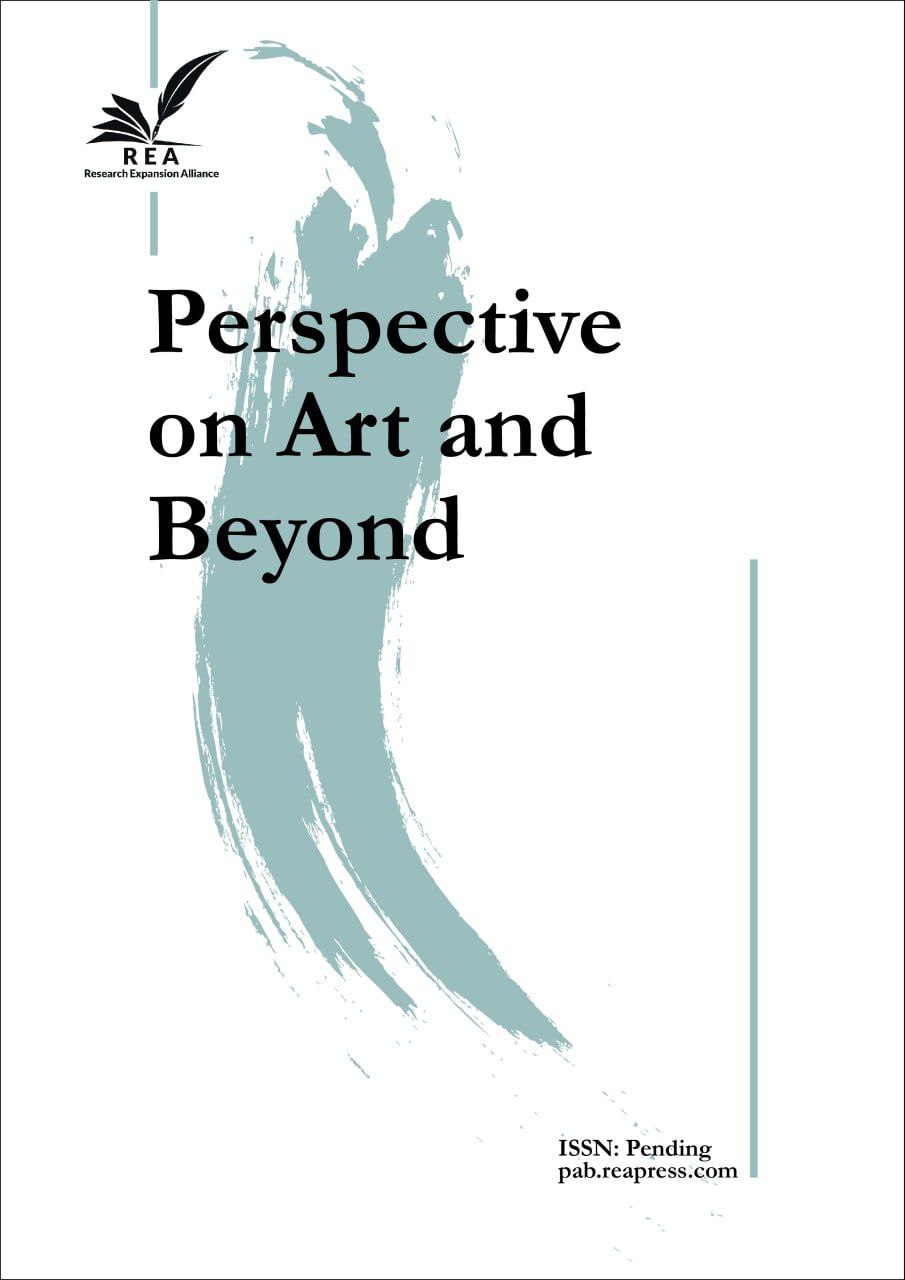Psychological Analysis of the Use of Color in Urban Environmental Graphics Based on Rudolf Arnheim's Aesthetic Perception Theory (Case Study: Graphic Design of Tehran Metro)
Abstract
Urban environmental graphics, as one of the most effective tools of visual communication in public spaces, play a significant role in wayfinding, identity formation, and enhancing citizens' perceptual experience. Among the fundamental elements of graphic design, color has a direct and often unconscious impact on users' behavior, emotions, and perception. This article, based on Rudolf Arnheim's theory of visual perception and aesthetics, explores the psychology of color in urban Environmental Graphic Design (EGD). Arnheim's theoretical framework—which emphasizes the relationship between form, perception, and meaning—provides a solid analytical foundation for examining the role of color in the visual systems of urban spaces. In the case study section, the graphic design of Tehran Metro stations and signage is selected as an example of urban environmental graphics. Through the analysis of color schemes used in routes, murals, maps, and directional signage, the psychological and perceptual effects of color on space users are investigated. The findings show that a purposeful application of color, aligned with principles of visual perception, can enhance user experience, increase the sense of safety, and improve navigation efficiency in public environments.
Keywords:
Environmental graphic design, Urban graphics, Color psychology, Rudolf Arnheim, Tehran MetroReferences
- [1] Mahnke, F. H. (1996). Color, environment, and human response: an interdisciplinary understanding of color and its use as a beneficial element in the design of the architectural environment. John Wiley & Sons. https://B2n.ir/dm8915
- [2] Arnheim, R. (1954). Art and visual perception: A psychology of the creative eye. Univ of California Press. https://psycnet.apa.org/record/1955-03680-000
- [3] Eslamdoost, M. (2016). Tehran Metro’s environmental graphics and its impacts on culture and identity. Journal of fine arts: visual arts, 21(1), 37-51. (In Persian). https://dor.isc.ac/dor/20.1001.1.22286039.1395.21.1.5.8
- [4] Meggs, P. B., & Purvis, A. W. (2016). Meggs’ history of graphic design. John Wiley & Sons. https://B2n.ir/yj7437
- [5] Kandinsky, W. (2012). Concerning the spiritual in art. Courier Corporation. https://B2n.ir/zy5806
- [6] Lupton, E., & Phillips, J. C. (2015). Graphic design: The new basics (revised and expanded). Chronicle Books. https://B2n.ir/ht7042
- [7] Calori, C., & Vanden-Eynden, D. (2015). Signage and wayfinding design: A complete guide to creating environmental graphic design systems. John Wiley & Sons. https://B2n.ir/ng2709
- [8] Lynch, K. (1960). The image of the city/Lynch Kevin. The MIT Press. https://B2n.ir/bb3897
- [9] Arnheim, R. (1969). Visual thinking. University of California Press. https://B2n.ir/dt3387


